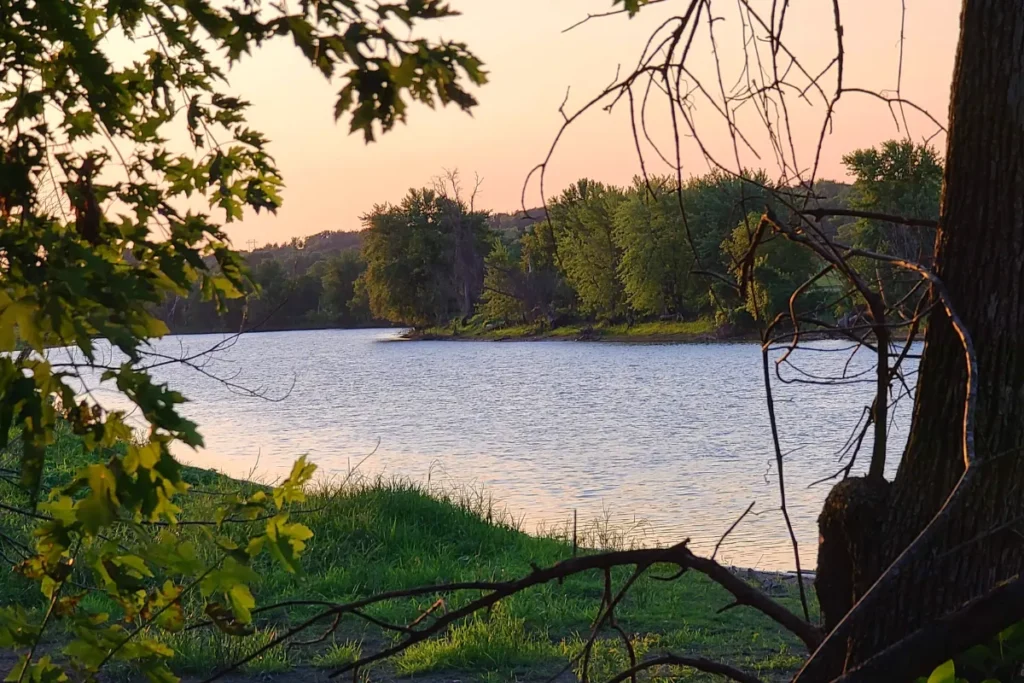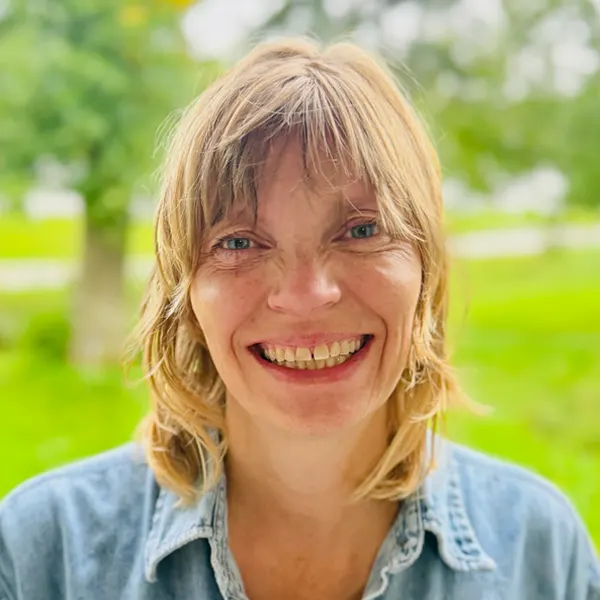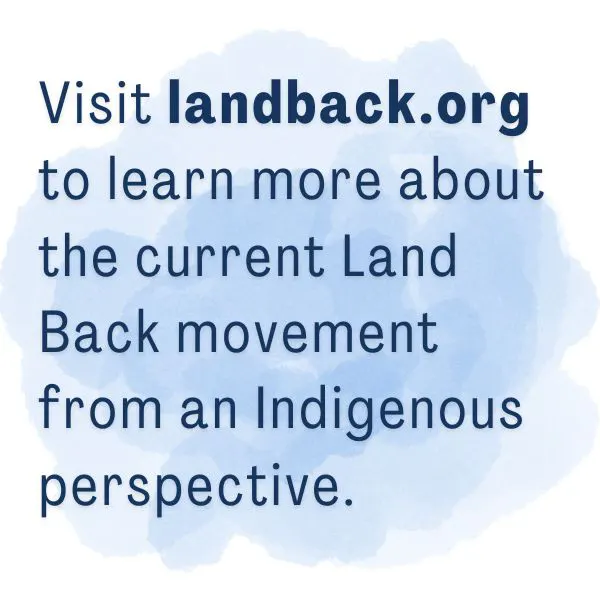 The Land Back movement, a decentralized effort to return control of ancestral lands to Indigenous communities, gained widespread visibility in recent years, but it has existed in different forms since colonial powers first seized land. Land Back is a part of Indigenous people’s and allies’ efforts to address the ongoing legacy of colonialism. Indigenous communities called this place home long before settlers came to this country, but as a result of colonization, they suffered forced displacement and dispossession of their lands, resources, and cultures. The Land Back movement recognizes that land is not just a physical space, but a critical aspect of Indigenous identity, culture, and sovereignty.
The Land Back movement, a decentralized effort to return control of ancestral lands to Indigenous communities, gained widespread visibility in recent years, but it has existed in different forms since colonial powers first seized land. Land Back is a part of Indigenous people’s and allies’ efforts to address the ongoing legacy of colonialism. Indigenous communities called this place home long before settlers came to this country, but as a result of colonization, they suffered forced displacement and dispossession of their lands, resources, and cultures. The Land Back movement recognizes that land is not just a physical space, but a critical aspect of Indigenous identity, culture, and sovereignty.
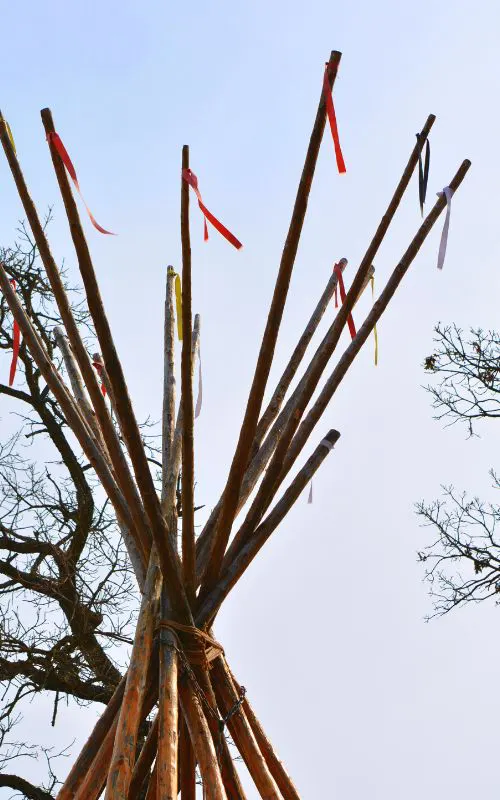
Recently, there have been notable steps towards returning land ownership to indigenous communities and tribes from organizations, private entities, and governments. This is especially noteworthy given the historical marginalization of indigenous peoples. Now, a bill is making its way onto both the Minnesota House and Senate floors that aims to return land to the Upper Sioux Community Pezihutazizi Oyate in Southwestern Minnesota.
For nearly two decades, the Upper Sioux Community Pezihutazizi Oyate has requested to have 1,290 acres of land along the Minnesota River south of Granite Falls returned to the Tribe. The Dakota Oyate have inhabited the region surrounding the Minnesota River Valley for thousands of years; however, as part of the 1851 Dakota Land Cession Treaties, the Dakota people were coerced into relinquishing most of their land in exchange for roughly 12 cents per acre. They were permitted to retain a mere ten-mile stretch on either side of the Minnesota River, spanning from present-day Ortonville to New Ulm, including the land in question. Yet, despite promises made to them, after the 1862 U.S. Dakota War, the Dakota were forcefully removed from their remaining land, making it an ongoing struggle for the Dakota to reclaim ancestral lands. You can read more about these false promises and broken treaties at treatiesmatter.org
These 1,290 acres of land hold immense significance for the Upper Sioux Community Pezihutazizi Oyate. The land contains ancestral burial grounds and an annual sacred celebration, making it an integral part of their cultural heritage. However, the land is currently occupied by the Upper Sioux Agency state park.
On March 21st, Upper Sioux Chairman Kevin Jensvold testified in front of the MN Senate Committee on Environment, Climate, and Legacy, describing the motivations behind this proposal:
“I want to leave you with a picture…. in the same place that people are there having a Sunday picnic, smiling, and having a wonderful time – that is the same place our ancestors were starved to death, with children and old people ultimately dying. In that place – so if you could accept that as something you can relate to, you’ll see why it shouldn’t be a place of recreation, but a place of reverence.”
The bill included in both the Senate and House omnibus bills – the Upper Sioux Agency State Park Land Transfer (SF2250 / HF2388) – provides the opportunity for this transfer. So far, there is general state agency approval for this transfer, but there are still members of the surrounding community who are opposed, citing concerns over losing a beloved state park. However, it’s crucial to consider that the park has been struggling with maintenance and funding issues, and its main road is closed, operating seasonally. The bill aims to provide a solution to these problems by offering replacement land for public use at no extra cost to the community.
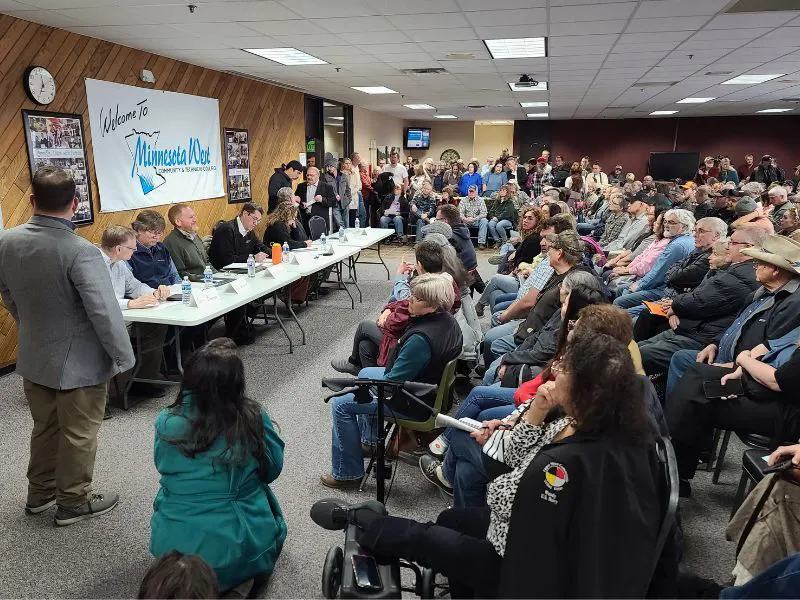
Indigenous peoples face significant challenges in reclaiming land, including legal and bureaucratic obstacles, lack of resources and support, and resistance from non-Indigenous groups. This is why non-Indigenous support is critical. On April 5th, Minnesotans around the region, both supporters and opponents of the bill, traveled to Granite Falls to attend a Town Hall about the bill at the Minnesota West Campus. In collaboration with the Upper Sioux Community and Land Stewardship Project, CURE succeeded in getting supporters of the transfer of land back to the Upper Sioux Community to attend a Town Hall that drew 200 people. The Town Hall was called by Republican legislators who stand against the land transfer, but provided a chance for advocates to tell their story. At the Town Hall, Chairman Jensvold laid out the challenges the Tribe has faced in moving this land transfer forward, including their legislators refusing to sponsor it. You can read more about the Town Hall and watch Chairman Jensvold recount the history of this bill here.
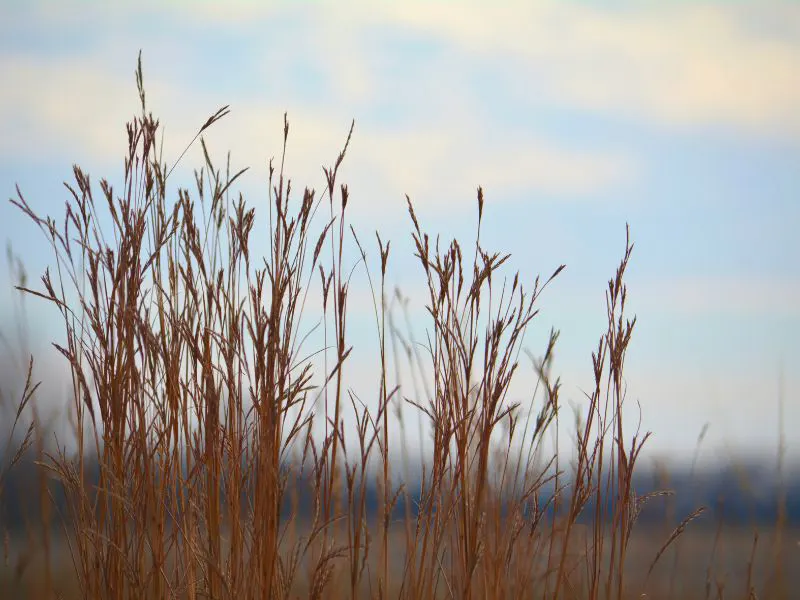
CURE supports Indigenous people in their struggle for justice, reparations, and sovereignty. We recognize that the return of federal, state, and municipal land is one important step of many towards achieving justice and reinforcing Indigenous Sovereignty. It is essential to recognize that our governing and legal systems were built on a foundation of Native dispossession, making Indigenous peoples historically excluded from decision-making processes of policies that affect them directly. As we have previously discussed in our articles, centering Indigenous rights is fundamental to climate justice. We stand in solidarity with Indigenous peoples, who struggle against the same systemic inequalities that have led to climate injustice. By supporting Indigenous sovereignty and promoting the decolonization of environmental policies and practices, we can work towards a more just and sustainable future for all. CURE will continue to update our networks as this bill moves forward.
In front of us is a chance to help heal our community. It’s time to confront the uncomfortable truths of our state’s past and work towards a more just future by passing the Upper Sioux Agency State Park Land Transfer.
Blog | Clovis Curl, CURE’s Minnesota Rural Democracy Project & Democracy and Climate Pledge Organizer
Photos | Peg Furshong, CURE’s Director of Programs

